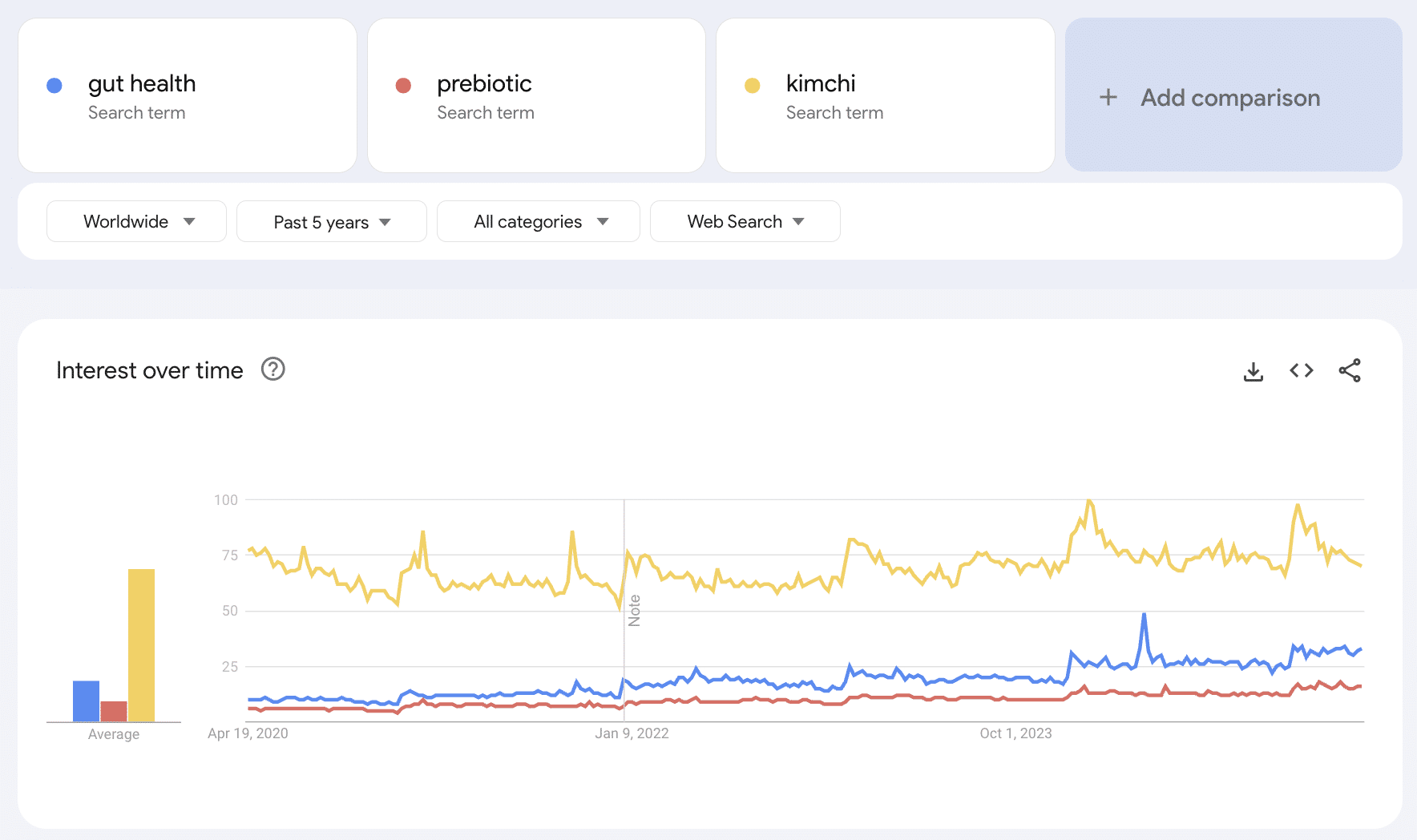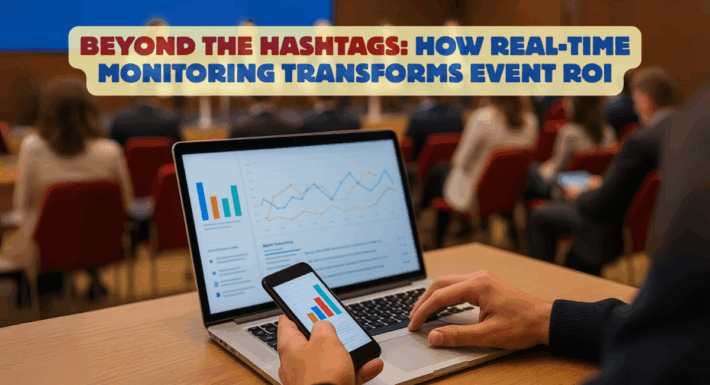Tracking Consumer Trends: How Labubus, Coca Cola, and PepsiCo had Winning Strategies

If you’ve scrolled through TikTok or wandered into niche toy stores recently, you’ve probably noticed the growing obsession with blind boxes—sealed packages containing mystery collectible figurines. Brands like Sonny Angels, Labubu, and Pop Mart’s expanding lineup have turned the unboxing experience into a cultural phenomenon, especially among Gen Z and Millennials.
But this isn’t just a toy trend. It’s a case study in how brands, whether rooted in collectibles or billion-dollar beverage empires, can strategically ride cultural waves to build relevance, demand, and long-term growth.
To break it all down (and because I’m a millennial who might be a little out of touch), I’ve invited my colleague Katie Michel, our official Gen Z correspondent. Katie lives and breathes these trends and has a coveted “Hipper” Sonny Angel of her own. She’s helping us analyze this from both a generational and strategic brand lens.
The Labubu Effect: Trend, Influencer Power, and Engineered Scarcity
Take Labubu, for example. Originally popularized by Pop Mart, the collectible figure skyrocketed in global popularity after Lisa from BLACKPINK was seen with one. This instantly elevated it from a niche item to social media must-have. The result? Sold-out shelves, secondary market inflation, and drop-style sales driving even more hype.
From a market intelligence perspective, this wasn’t accidental. It was a masterclass in influencer amplification, scarcity marketing, and leveraging aesthetic culture—all while feeding into a community-based cycle of sharing, collecting, and trading online. For many brands, tapping into these moments begins with insights into consumer behavior analysis to understand what’s resonating and why.
Imitation as Strategy: Coca-Cola and PepsiCo Join the Game
Brands across industries have noticed—and responded. Both Coca-Cola and PepsiCo have jumped in to leverage this collectible momentum, connecting with younger demographics in new ways.
- Coca-Cola released a special Labubu collaboration, tapping into the craze while positioning itself as culturally aware and youth-focused.
- PepsiCo, not to be outdone, is steering its own collectible-worthy moves through its acquisition of Poppi, a better-for-you soda brand with huge popularity among Gen Z wellness enthusiasts.
This viral appeal was further amplified by Poppi’s savvy creator partnerships—including TikTok star Alix Earle, who became an early investor in 2024. Her shift from brand ambassador to equity holder reflected a growing “creator-investor” trend.
Shortly after the PepsiCo acquisition, Gen-Z fans flooded her page, driving massive exposure. Earle’s cultural reach even landed her a People Magazine feature as she documented a whirlwind trip from Coachella to Harvard Business School with full-on Legally Blonde vibes (yes, she had a Bruiser moment).
As PepsiCo’s Chairman and CEO Ramon Laguarta stated:
“More than ever, consumers are looking for convenient and great-tasting options that fit their lifestyles and respond to their growing interest in health and wellness. Poppi is a great complement to our portfolio transformation efforts.”
Translation? Even soft drink giants are paying close attention to shifting consumer behavior—especially the convergence of wellness, culture, and online virality—and adapting their portfolios accordingly.
How They Knew It Would Work: Tracking Consumer Sentiment in Real Time
Both Coca-Cola and PepsiCo didn’t just stumble into these cultural moments. They saw them coming. By actively tracking consumer sentiment across social media platforms, trend reports, and digital communities, these beverage giants identified key emotional and behavioral shifts early: nostalgia, wellness, aesthetic culture, and the appeal of exclusivity.

Just take a look at the Google Search trends for ‘Gut Health,’ ‘Prebiotic,’ and ‘Kimchi’ — the patterns are nearly identical across the board. It’s a clear signal that consumer interest in gut health has been steadily rising.
Now, layer in the search data for Poppi, and you’ll see noticeable spikes over the past two years:

Coca-Cola’s Labubu collaboration wasn’t just about cute toys; it was a calculated move grounded in data showing Gen Z’s affinity for limited-edition drops and shareable design. PepsiCo’s bet on Poppi? It reflects months of social listening and real-time market trend monitoring pointing to a generation craving gut health, bold branding, and better-for-you fizz.
When brands listen first and act fast, they don’t just stay relevant—they shape what’s next.
Why It Works: The Psychology Behind the Craze
At the heart of the collectible trend is a well-established psychological principle: variable reward systems. It’s the same dopamine-driving mechanism behind loot boxes in video games or lottery scratchers. The unpredictability fuels repeat engagement. And when those surprise reveals are Instagrammable or TikTok-worthy, the cycle amplifies.
Katie puts it best: “For Gen Z, collectibles aren’t just toys. They’re decor. They’re content. They’re a conversation starter. If it looks good, feels rare, and can go viral—it’s worth it.”
This Isn’t New—But It’s Moving Faster
Every generation has had its collectible moment:
- Gen Z & Millennials: Labubu, Sonny Angels, Bearbrick, Pop Mart
- Millennials: Pokémon, Yu-Gi-Oh!, Beanie Babies
- Gen X: Garbage Pail Kids, baseball cards, Star Wars toys
What’s changed isn’t the mechanics—it’s the velocity. Social media has turned 6-month fads into 6-week frenzies. For brand strategists, this means real-time social listening isn’t a luxury; it’s a necessity.
What Brands Can Learn (and Do) Right Now
- Monitor Social Signals Early
Platforms like TikTok and Reddit are goldmines for early trend detection. Engagement spikes, trending hashtags, and creator conversations can reveal new subcultures and collectible phenomena before they hit mainstream. - Lean Into Scarcity Strategically
Drop-style launches, exclusive designs, and influencer collaborations all feed into the demand loop. Creating “planned shortages” can build desire and long-term buzz. - Embrace Cross-Industry Inspiration
A toy brand can influence a soft drink giant. A skincare brand might follow next. Staying siloed limits innovation and studying other industries unlocks unexpected opportunities. - Align With Generational Values
Whether it’s health-conscious alternatives like Poppi or collectibles made with sustainable materials, Gen Z rewards authenticity, inclusivity, and aesthetics. Brands need to meet them there.
What’s Next: From Toys to Tech
With the rise of AI, AR, and blockchain, the next phase of collectibles will likely merge physical and digital: think toys with AR overlays, limited-edition NFTs, or app-connected plushies. And as Gen Z and millennial parents raise Gen Alpha, they’ll pass on not just nostalgia, but values like sustainability, digital-first experiences, and representation.
Final Thoughts
From Labubu’s viral moment to Coca-Cola’s cross-brand collaboration and PepsiCo’s portfolio evolution, today’s collectible culture is about far more than figurines. It’s about timing, influence, market response, and emotional resonance, all of which are magnified by technology and online communities.
At Fullintel, we help brands stay ahead of moments like these. With curated intelligence, influencer tracking, and cultural trend monitoring, we give companies the foresight to anticipate, adapt, and act before the next wave hits.
Because in today’s economy of attention and emotion, being first isn’t always enough—being informed is everything.

Angus Nguyen
Angus Nguyen, Director of Marketing at Fullintel, specializes in data-driven public relations and media monitoring. His experience analyzing media trends and their global impact provides insights into PR challenges in the automotive sector amid geopolitical developments. Angus excels at separating signal from noise, helping brands focus on actionable insights for stakeholder communication and crisis management.

Katie Michel
Katie Michel is the Insights Manager at Fullintel, where she specializes in media analysis and reporting, transforming complex data into actionable insights for clients. With a background in Marketing Communications Research from Boston University, she has contributed to academic projects, including work on Dr. Michael Elasmar's textbook, "An Introduction to Self-Report Measurement."
Angus Nguyen, Director of Marketing at Fullintel, specializes in data-driven public relations and media monitoring. His experience analyzing media trends and their global impact provides insights into PR challenges in the automotive sector amid geopolitical developments. Angus excels at separating signal from noise, helping brands focus on actionable insights for stakeholder communication and crisis management.




